In their recent EES Perspective, Odobel, Pellegrin and Warnan provide an extensive and balanced overview of various bio-inspired systems that utilize the antenna effect to improve light absorption in both liquid and solid state dye-sensitised solar cells (DSCs).
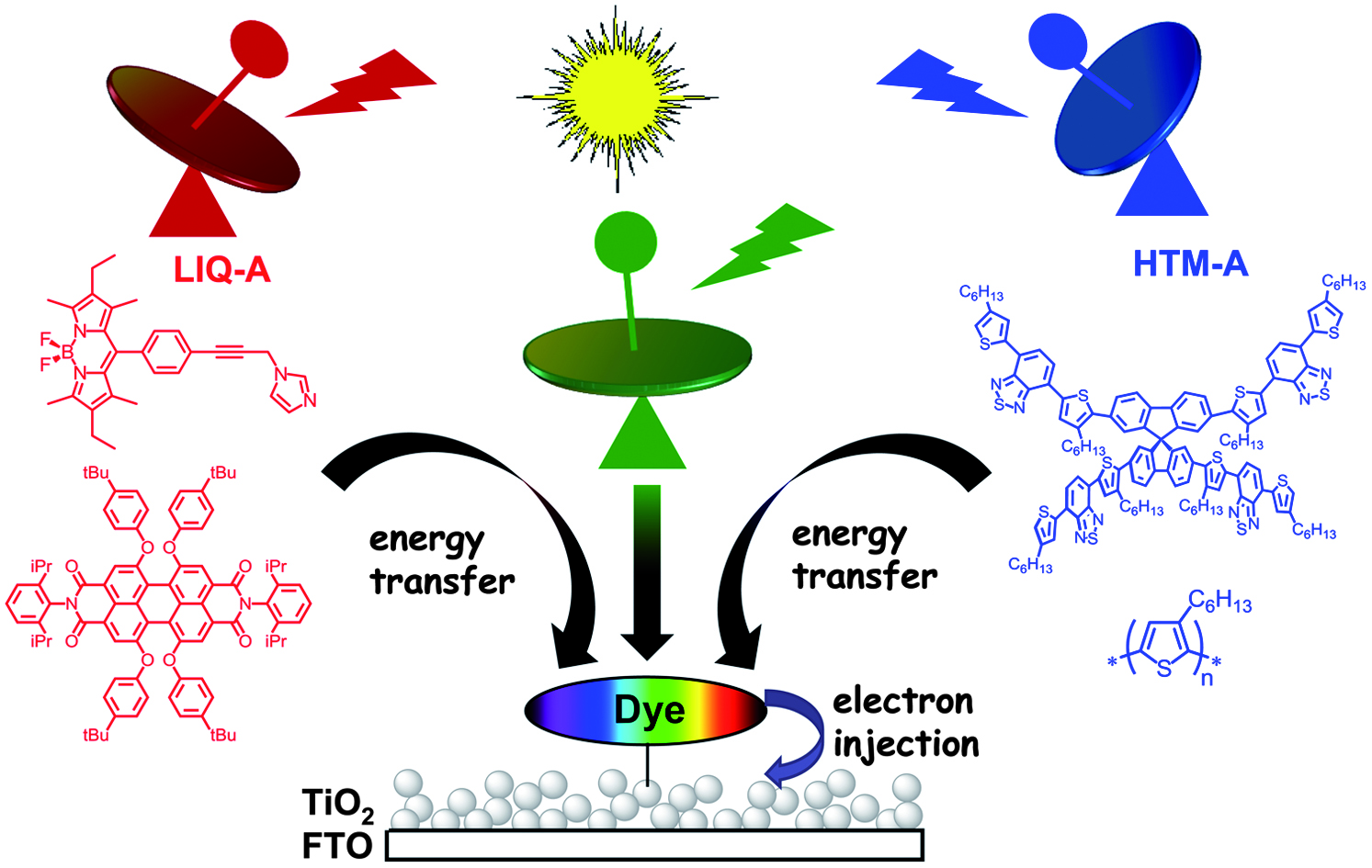
In Nature, the optimization of light capture occurs via special molecular units, called light harvesting antennas. These light harvesting antenna collect the incident photons with several different pigments and funnel them by efficient energy transfer to a single molecular unit, which triggers a photo-induced electron transfer chain.
Molecular dyes display discrete absorption bands making it difficult to achieve panchromatic absorption with a single dye. By using a combination of different dyes with complementary absorption spectra in absorbing units, mimicking the light harvesting antenna of natural photosynthetic systems, it is possible to extend the absorbance of DSCs.
As light absorption is the primary step in any photovoltaic device, panchromatic light collection is fundamental to maximize the efficiency of a solar cell. A lot of work has been performed in the last few years on the possibility of improving the light collecting efficiency of DSCs by exploiting the antenna effect. This excellent perspective highlights how new and innovative multi-chromophoric sensitizers can effectively broaden and enhance the absorption cross-section enabling higher photocurrent density in solar cells.
For an up-do-date picture of this exciting field, read this perspective article today:
Bio-inspired artificial light-harvesting antennas to enhance solar energy capture in dye-sensitized solar cells
Fabrice Odobel, Yann Pellegrin and Julien Warnan
DOI: 10.1039/C3EE24229C











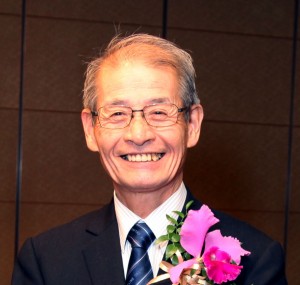

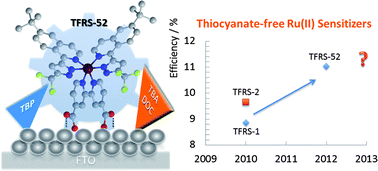

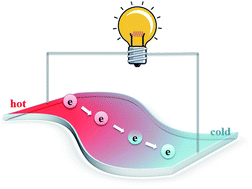

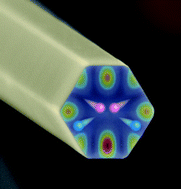

 Scientists in South Korea have made a conducting polymer as part of a thin-film thermoelectric device that can generate electricity from the temperature difference between your fingertips and the environment.
Scientists in South Korea have made a conducting polymer as part of a thin-film thermoelectric device that can generate electricity from the temperature difference between your fingertips and the environment.